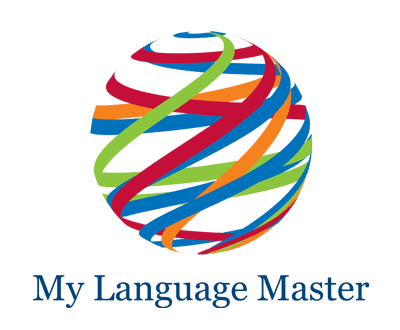Learn Linking Call 781.385.0231
What is Linking in Speech?
Linking is saying two words without a pause in between. The sound of a word pronounced in isolation is different than the sound of a word within a phrase or sentence. Some words are linked together, allowing you to maintain the rapid pace of casual or spontaneous speech.
What is Linking Phenomena?
Linking is one of several changes that occur to the sound of spoken English when produced in natural speech. The ‘phenomena’ refers to the change of word forms at the consonant and vowel level.
Linking is only one, but very important simplification that occurs during running speech. Other changes include the following:
assimilation – the absorption of speech elements like consonants within a consonant cluster at the end of words handbag becomes hambag
dissimilation – when there are two similar letters in a word, one becomes dissimilar in sound, surprise becomes suprise
elision – the absence of a sound like a consonant, vowel or entire syllable, such as a contraction won’t for will not
epenthesis – inserting a sound like a shwa between unfamiliar consonant cluster
Types of Linking
There are two common types of linking: consonant-to-vowel, and vowel-to-vowel. Try to learn a few of each in your speech. It will put you at the level of native speakers in terms of pace of spontaneous speech.
If you want to learn natural, spontaneous speech patterns and improve your accented speech call 781.385.0231 or go to mylanguagemaster.com.
Consonant-to-Vowel Linking
Words that end in consonant sounds and are followed by words that begin with a vowel are linked. They have no pause. For example, whatever, or gotit.
example:
Whatυonυearth are you doing? I’m cleaningυup my room.
What’sυup? Not much. How aboutυyou?
Whenυare you coming home? I don’t know yet. Probably a littleυafter ten.
Anυappleυa day keeps the doctorυaway.
Vowel-to-Vowel Linking
Words that end in vowels or vowel sounds and followed by words that start with a vowel are linked. They have no pause. For example, very old would be veryold, or myaunt for my aunt.
example:
Whereυare you from? I’m from BoiseυIdaho.
What areυeating? I’m eating a candyυapple.
Whereυare you going? I’m going to buyυa bottle of wine.
What did youυask me? I can’t remember what Iυasked.
Benefit of Linking
Studies have shown the use and frequency of linking in American speech can differentiate a native speaker from a non-native speaker Alameen, Ghinwa, “The use of linking by native and non-native speakers of American English.”
As such, linking can be considered as a parameter to differentiate native from non-native speech (Hieke, 1984).
Linking helps the non-native speaker keep up with native speakers. Linking helps native speakers understand what you are trying to say and follow your train of thought. Grouping words together by linking allows listeners to process your information in chunks. The absence of linking can confuse or fatigue your listeners.
How is your grasp of American English prosody? Find out now by calling 781.385.0231 or get a free screening.

